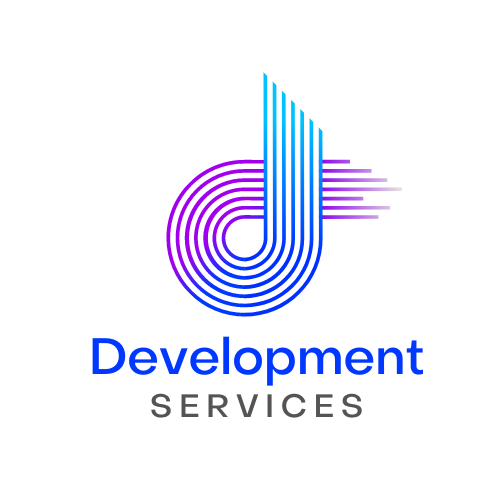In the contemporary professional landscape, the concept of office ranking has evolved significantly. Gone are the days when a corporate hierarchy was rigidly defined by job titles and seniority alone. Today, the dynamics of workplace ranking encompass a multifaceted interplay of factors, emphasizing collaboration, innovation, and inclusivity.
Understanding Office Ranking:
Office ranking refers to the structure or 속초 op arrangement of individuals within an organization, reflecting their levels of authority, responsibility, and influence. Traditionally, this ranking was delineated by a clear-cut hierarchy, with a few at the top making decisions and the rest following suit.
However, the modern approach acknowledges a more fluid and dynamic system. It incorporates diverse elements such as skill sets, expertise, contributions, leadership qualities, and even emotional intelligence, fostering a more egalitarian environment where talent and merit transcend traditional boundaries.
Importance of a Fluid Ranking System:
A rigid hierarchy can stifle creativity, innovation, and employee engagement. A more flexible office ranking system, on the other hand, encourages employees to contribute ideas, take ownership, and feel empowered within their roles. It allows for a more democratic flow of information, enhancing communication across different levels of the organization.
Moreover, such an adaptive structure promotes a culture of continuous learning and growth. Employees feel motivated to upskill themselves and take on new challenges, knowing that their efforts are recognized based on merit rather than merely seniority.
Building a Collaborative Ecosystem:
The most successful organizations today understand that true success lies in fostering a collaborative ecosystem. They prioritize inclusivity, actively seeking input from employees at all levels. This not only ensures a diversity of perspectives but also creates a sense of belonging and ownership among the workforce.
In such environments, traditional notions of ranking often take a backseat to collective achievement. Employees are encouraged to work cross-functionally, leveraging each other’s strengths and collectively contributing towards shared goals. This not only enhances productivity but also cultivates a sense of camaraderie and mutual respect among colleagues.
Challenges and Solutions:
Transitioning to a more fluid office ranking system isn’t without its challenges. Resistance to change, ingrained hierarchical mindsets, and fear of losing status are common barriers. However, these can be overcome through effective communication, transparency in decision-making processes, and a clear emphasis on recognizing merit and contributions.
Regular performance evaluations, mentorship programs, and skill development initiatives are vital in ensuring that individuals are valued based on their capabilities rather than their position in the hierarchy.
Conclusion:
Office ranking in the contemporary workplace is not solely about positions on an organizational chart. It’s about creating an environment where individuals feel valued, empowered, and motivated to contribute their best. By embracing a more fluid and inclusive approach to ranking, organizations can harness the collective potential of their workforce, driving innovation, and fostering a culture of growth and success.
